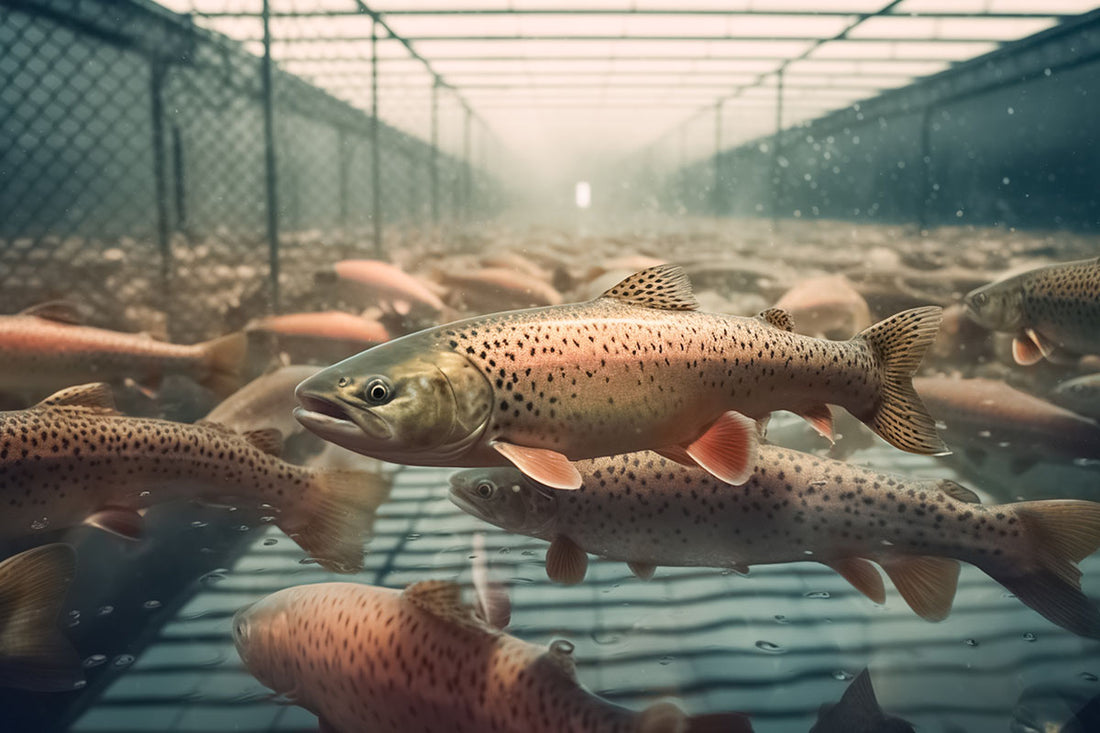What's On The Menu? Understanding Fish Diets
While many enthusiasts cast their lines hoping to snag a big one, understanding what fish eat can drastically improve the odds of a successful catch. Fish diets are as diverse as the fish themselves, spanning from tiny plankton to surprising prey like small birds or snakes.
Freshwater Fish Feasting Patterns
Freshwater fish, especially those residing in rivers, have evolved a wide range of dietary preferences. Most of these fish are carnivores, with menus filled with smaller fish, worms, and crustaceans. Some, however, are herbivores, munching on plants, though they're less frequently targeted by anglers.
A fish's diet often depends on its species, habitat, and the food resources available. In rivers, some of the diet staples include:
- Insects & Larvae: A primary source of food for many river fish.
- Crustaceans: Small crustaceans are a delicacy for many river dwellers.
- Baitfish & Other Aquatic Creatures: Often the target of predatory fish.
- Plants & Algae: Mainly consumed by herbivorous species.
Fish feeding habits are molded by their environment. For instance, while carnivorous fish actively regulate other fish populations, herbivores help control aquatic vegetation growth. Omnivores, on the other hand, balance both plant and animal populations.
Larger predatory fish don't restrict their diet to just aquatic prey. Astonishingly, some are known to feast on small birds or even snakes. These predators often rely on their acute senses to detect prey, and won't hesitate to consume deceased creatures if they come across one.
Optimal Times for River Fishing
Timing is pivotal. Fish are generally most active during early morning or late evening, feeding closer to the water's surface. Thus, fishing during these times increases the chances of a successful catch. Whether you're an early bird or a night owl, you'll not only enjoy the thrill of the catch but also the serenity of nature.
Saltwater Delicacies
Top 10 Fish in the Atlantic Southeast
Diving into the saltier side of things, the Atlantic Southeast houses an array of fascinating fish, each with unique dietary quirks:
- Red Drum: These feed on smaller fish, but did you know they also love crabs and shrimp?
- Spotted Seatrout: Mainly piscivorous, but they'll also snack on shrimp.
- Snook: While they love smaller fish, they have a penchant for crustaceans too.
- Tarpon: Primarily fish-eaters, but interestingly, they also ingest small crabs.
- Black Sea Bass: These opportunistic feeders consume worms, small fish, and crustaceans.
- Grouper: Recognized for their ambush strategy, they feed mostly on other fish and squid.
- King Mackerel: With a need for speed, they chase down fast-swimming prey like sardines and herring.
- Atlantic Croaker: They sift through the bottom sediment for worms, small crustaceans, and mollusks.
- Cobia: While fish are their favorite, they'll occasionally eat crabs.
- Spanish Mackerel: These speedsters love tiny fish, particularly anchovies and sardines.
It's indeed fascinating that while many of these saltwater giants feed on other fish, their diets can still be so varied and unique. This variety speaks volumes about the diverse ecosystems they inhabit and their adaptability.
Understanding what fish eat isn't just a fun fact – it's a ticket to becoming a more informed, successful angler. Whether freshwater or saltwater, keeping a mental note of fish diets can give you the upper fin the next time you venture out.

